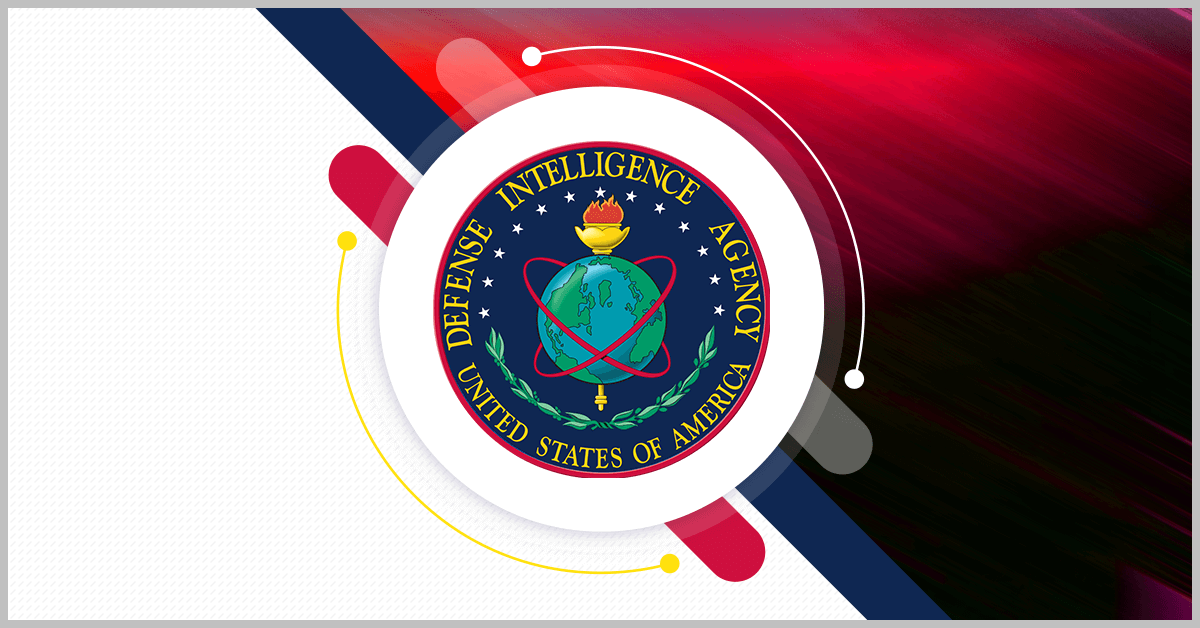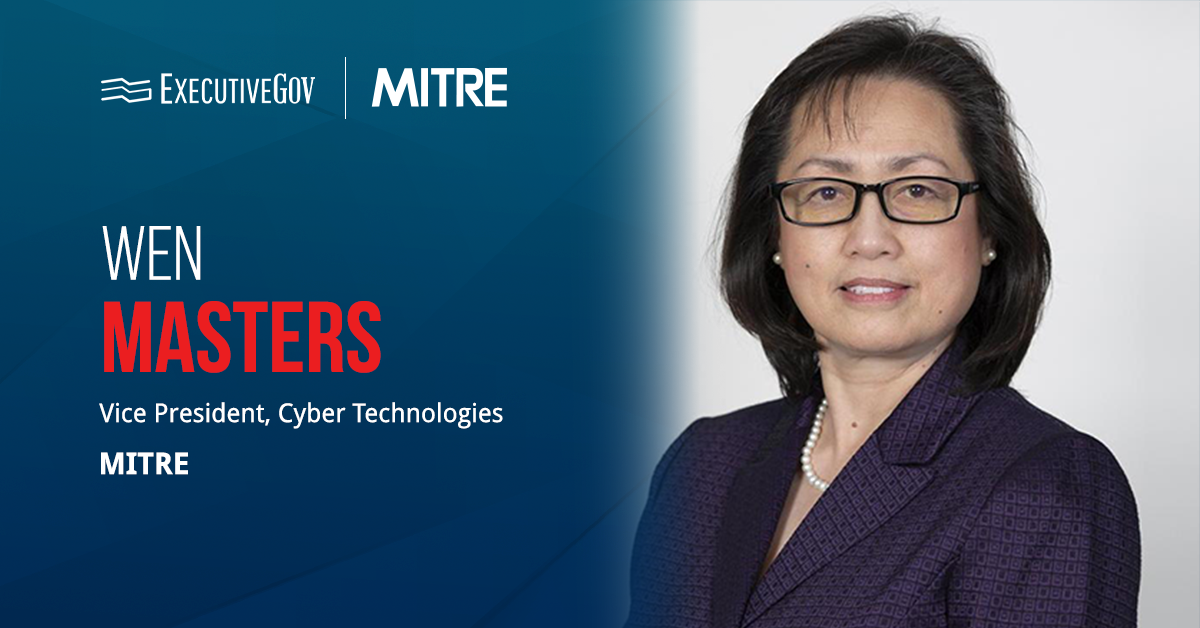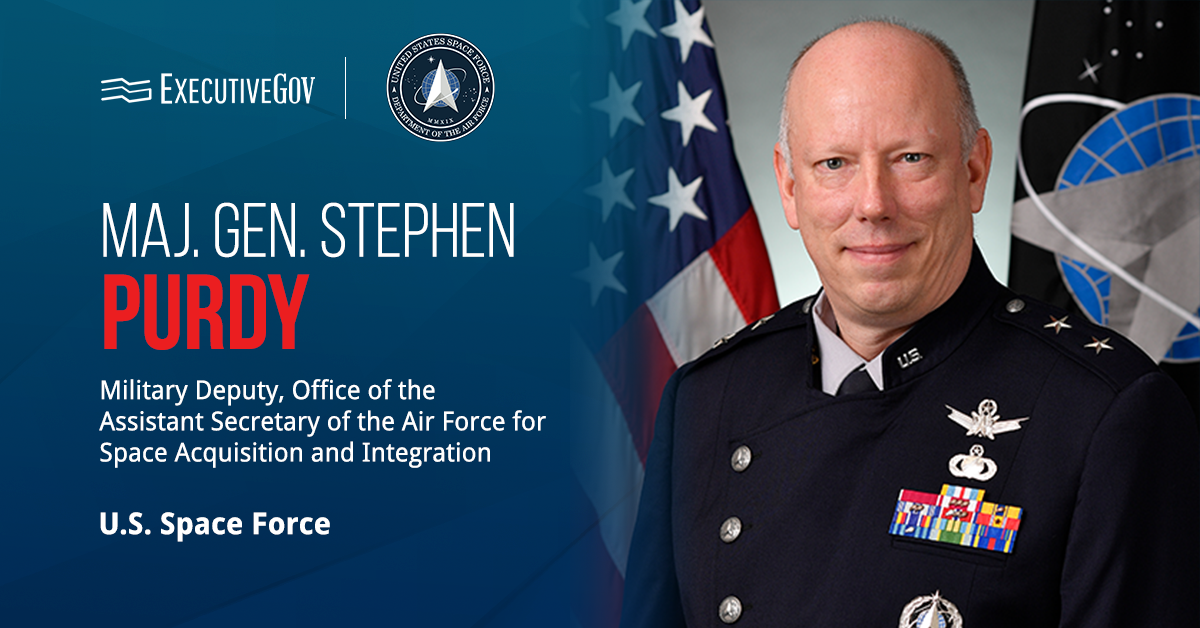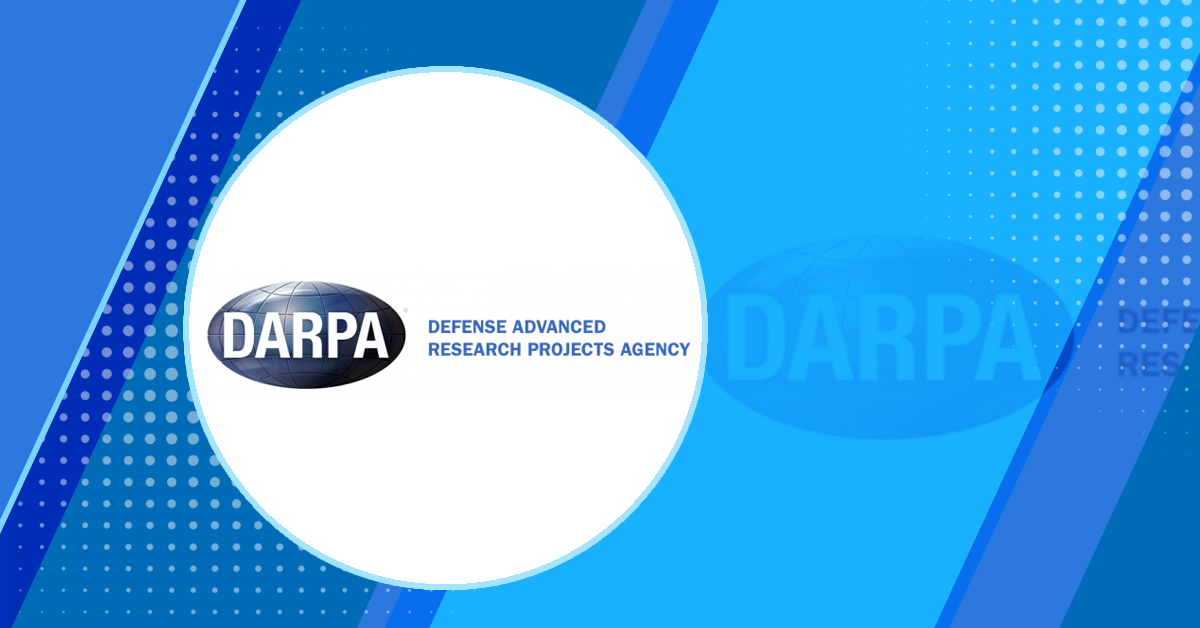The General Services Administration has hosted a webinar to inform over 5,500 stakeholders about an initiative to amend the Federal Acquisition Regulation in line with executive orders impacting government procurement, namely EO 14275 and EO 14240.
The FAR overhaul, the most significant update in 40 years, aims to consolidate contracting, streamline federal procurement, eliminate unnecessary regulations and enhance value for taxpayers, GSA said Wednesday.
The agency, which the Office of Management and Budget designated as the executive agent for all governmentwide acquisition contracts, will work with OMB’s Office of Federal Procurement Policy to simplify the acquisition process and reduce administrative burdens that hinder companies from doing business with the government.
“This initiative of simplicity directly complements our newly rolled out OneGov strategy which will enable the government to act with one federal wallet in an efficient manner, leveraging our buying power to get better prices for agencies and better value for taxpayers,” said Federal Acquisition Service Commissioner Josh Gruenbaum, a 2025 Wash100 awardee.
Table of Contents
Executive Order 14240
EO 14240, titled “Eliminating Waste and Saving Taxpayer Dollars by Consolidating Procurement,” requires the consolidation of purchases of common goods and services under GSA, including all GWACs for information technology, to avoid contract duplication and redundancy and enable other agencies to focus on their core missions.
Executive Order 14275
EO 14275, titled “Restoring Common Sense to Federal Procurement,” requires the rewriting of FAR to remove unnecessary regulations and focus on efficient, secure and cost-effective procurement processes.














